Very simply, rucking is wearing a backpack (aka:ruck) with some weight in it while you go for a walk. We think it is so great, we built this entire website devoted to rucking.
Here is a menu of common questions that will help you learn what rucking is all about:
- Is Rucking Just Walking or Hiking?
- Is Rucking Better Than Running?
- Rucking Sounds Easy. I Need a Challenge.
- Will I Get In Shape By Rucking?
- What Are The Benefits Of Rucking?
- Do I Need Any Special Equipment to Start Rucking?
- Should I wear Boots or Shoes When Rucking?
- How Do I Start Rucking?
Is Rucking Just Walking or Hiking?
Rucking finds its roots in the military where soldiers pack their rucksack with gear and carry it (ruck marching) to their next destination. Still utilized today, the ruck march is a critical element of many special forces training.
While on the surface it may look like just going for a walk, the addition of a heavy backpack transforms your walk at bodyweight into a resistance training exercise with tremendous cardiovascular and muscular benefits, which we’ll cover later in the article.
Since the added weight in your ruck increases your overall load to greater than bodyweight, rucking burns 2-3 times the calories of just walking. If weight loss and caloric burn are a priority for you, then rucking is far better than just going for a walk.
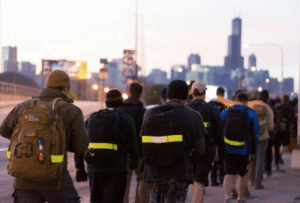
In fact, rucking has become a very common way to improve personal fitness through both cardiovascular and resistance training. Plus the ease of starting and minimal gear needed makes rucking an extremely good workout to engage in.
Is Rucking Better Than Running?
We have written quite extensively about how rucking is better than running. But, to cover it briefly, rucking is more social than running, offers more variety, and is more functional.
Rucking is more social than running because when you run you have to find someone who is just as slow/fast as you, which rules out like 99% of the people you know. When you go for a ruck, weight is the great equalizer. If you’re a hard-charging super-woman and want to go rucking with a dude who just got off his couch for the first time in 2 years, no problem. Simply add more weight to your ruck and keep his rucksack nice and light. You will be able to maintain a similar pace and likely feel as if you both got a really good workout.
Rucking offers more variety than running because when you run there are really only two variable: speed and distance. The variable are almost always closely connected with the ability to go faster for short distances and slower on longer distances. Since rucking adds the variable of weight, you have greater variety as now any distances can be done at both different paces and weights. Short heavy rucks, longer rucks that are light and fast, and everything in between (and beyond) are now options.
Finally, rucking is more functional than running because we were designed to carry heavy loads over long distances. When looking for functional crossover in your workouts, the ability to carry something heavy over a set distance is almost always more useful than the ability to cover that distance in a short amount of time.
Again, if you want a deeper dive into this, check out our article, Is Rucking Better than Running.
Rucking Sounds Easy. I Need a Challenge.
Like most things, you get out what you put into it. And, thankfully rucking involves added weight in your backpack, so you can “put in” a lot.
While most people starting out rucking will begin with a weighted pack around 10-30 pounds (we recommend ruck plates) as you become more comfortable you can continue to add heavy weight. For reference, soldiers frequently carry anywhere from 60-100 pounds in their rucksack while on deployment. That’s pretty challenging.
While weight is a challenge, so is pace. Many people find maintaining a sub-15 minute-per-mile ruck pace very challenging, especially at longer rucks like 12+ mile ruck. A very challenging goal to work towards rucking a sub-15 minute mile while wearing a 45# ruck.
The challenge is there for those who want it.
Will I Get Into Shape By Rucking?
“Get in shape” is a bit ambiguous. However, we can say that rucking is a great workout that will help you to build muscle, burn calories, and increase your cardiovascular health.
While you won’t get the massive muscles of a body builder, rucking does build muscle in your legs, core, upper body, shoulders, and back. The additional weight you carry in your ruck ensures more core engagement, as well as more engagement in your legs, back, and shoulders, resulting in far greater muscle development compared to running or walking.
In addition, as noted previously, rucking will burn 2-3 times the calories as compared to walking and burns only slightly less than running. This is due in part to the increased heart rate and demand on your cardiovascular system while walking under load.
Finally, adding a rucking workout on top of your rucking can dramatically increase lower body and upper body strength.
What Are The Benefits Of Rucking?
As hinted at above, rucking has tremendous health benefits.
If you’re rucking a couple times per week you are engaged in an activity supported by “a growing body of evidence that documents immediate benefits of exercise such as reduced anxiety, improved sleep and improved blood sugar control, and long-term benefits (of regular physical activity), including cognitive benefits, and significantly lower risks of heart disease and certain cancers.” (link)
Studies also support that regular exercise, like rucking, “… help reduce the risk of high blood pressure, Type 2 diabetes and cancers (including bladder, breast, colon, endometrium, esophagus, kidney, lung and stomach). In addition, physical activity can reduce the risk of dementia, including Alzheimer’s disease.” (link)
Not only all that, but rucking is easy and accessible. You can ruck anywhere you can go for walk. Since all you need is a backpack and some weight, it is equipment that can always be with you.
Do I Need Any Special Equipment to Start Rucking?
Technically, no. A sturdy backpack and a heavy book are a good start and exactly what we recommend for those wanting to give rucking a try.
However, once you’re ready to ruck more regularly, we do have some gear recommendations for you to consider, the most important of which is your backpack.
Obviously if you’re going to be carrying a heavy backpack, you want it to be comfortable. We recently wrote up an overview to help you find the best rucking backpack. But, to cut to the chase, we highly recommend the GORUCK Rucker 3.0.
And, while books, rocks, or bricks will certainly add weight, we have found that weight plates (aka: ruck plates) designed specifically for rucking are a great benefit. Their slim size allow for optimal packing within the ruck, allowing the weight to sit closely to the body.
In addition to all the above, we do have some additional gear recommendations for those getting started in rucking.
Should I Wear Boots or Shoes When Rucking?
While other parts of the internet may give a linty of reasons for why you may or may not need hiking boots for rucking, it is our belief that it really doesn’t matter. We have known people who have rucking hundreds of miles in running shoes, trail shoes, boots, and even one that went barefoot. In every case, the footwear choice of the user had no noticeable impact on their performance or proneness to injury.
Ultimately, we recommend you rucking in whatever feels most comfortable.
How Do I Start Rucking?
Now that you know more about rucking and what it is, we hope you’re ready to get started.
Of course, you can read our How to start rucking article and maybe take a look at our 1-month ruck training plan. But, maybe you should just grab your back, some weight, and go for a walk, because that’s technically how you start rucking.
With that, we might also recommend that you can also check out this page to see if you can find a Ruck Club in your area. Ruck Clubs are a great way to meet people who are already passionate about rucking and can help you get started.
Got any questions? Drop them in the comment section below and we’ll try to help.

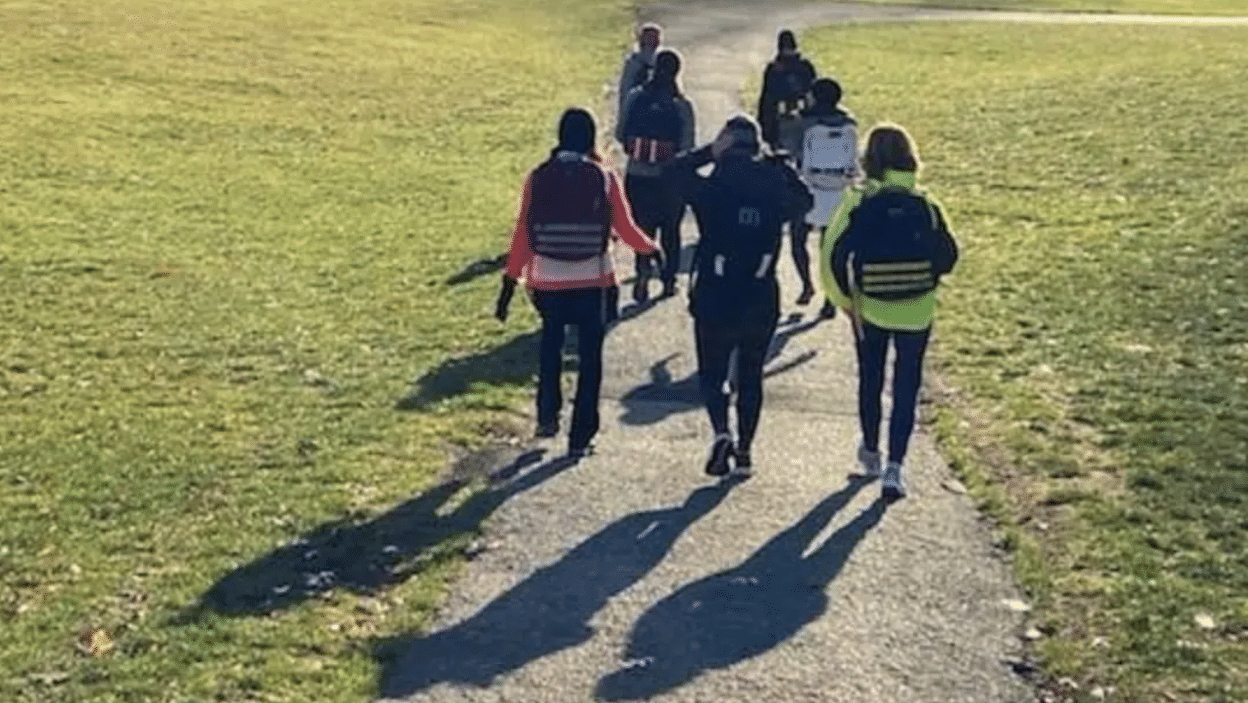
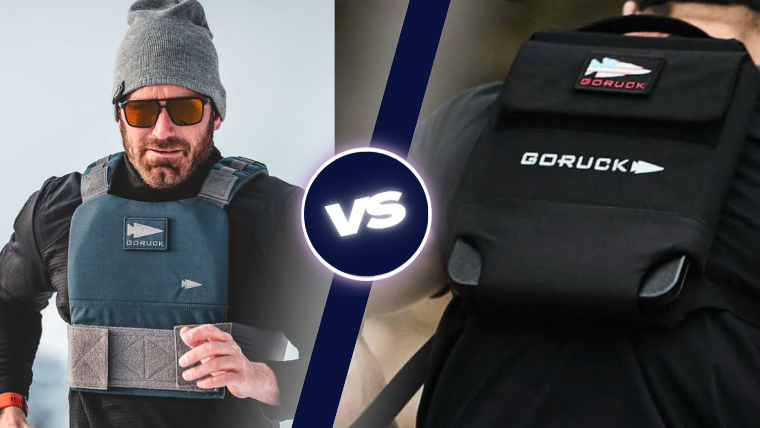
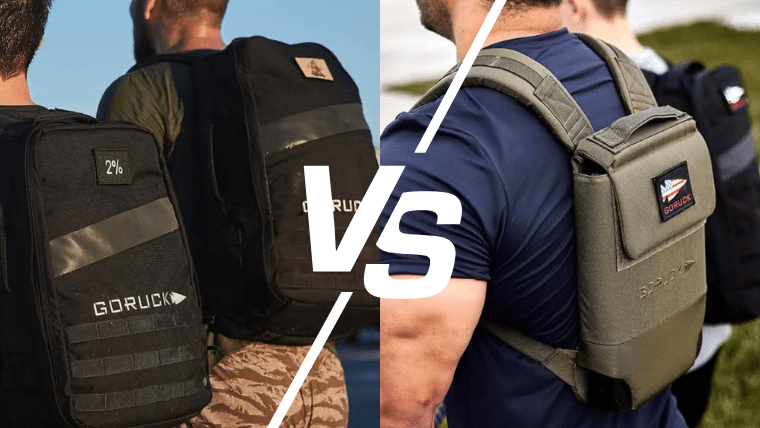
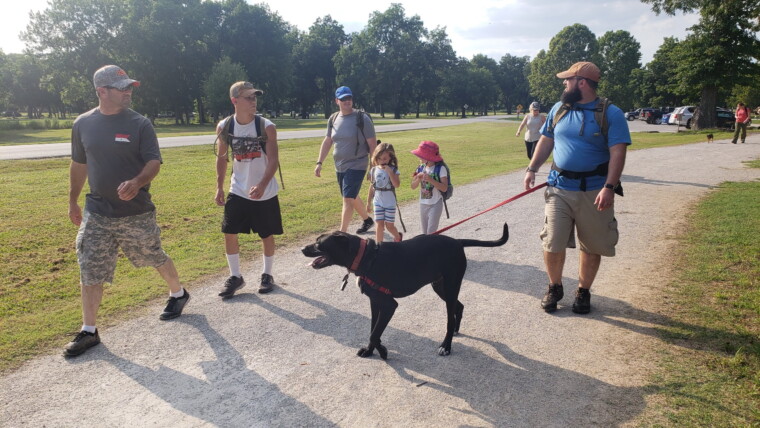
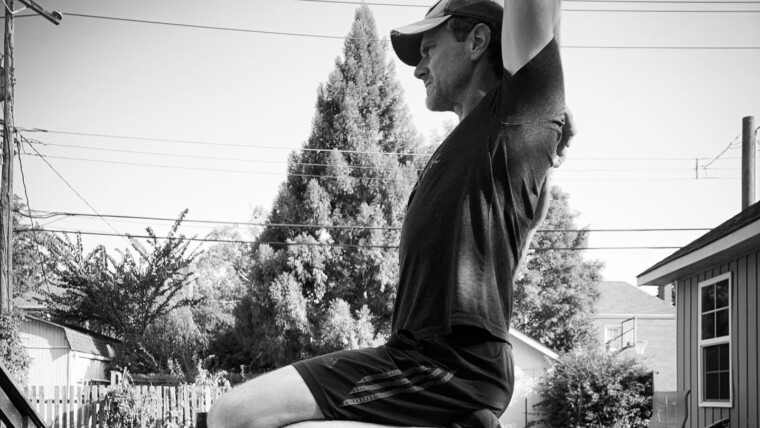
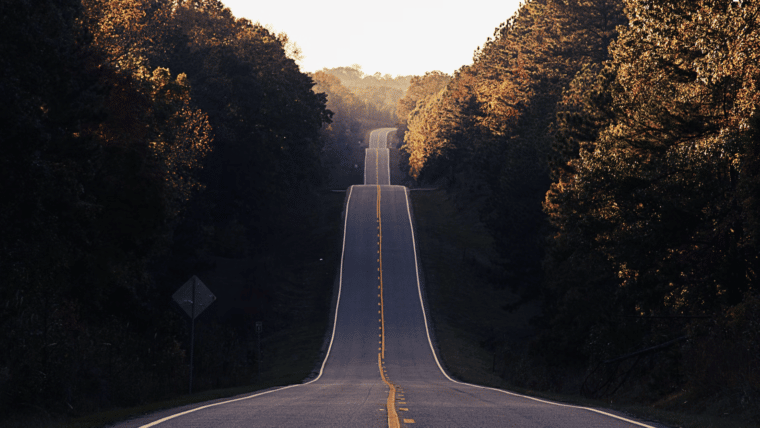
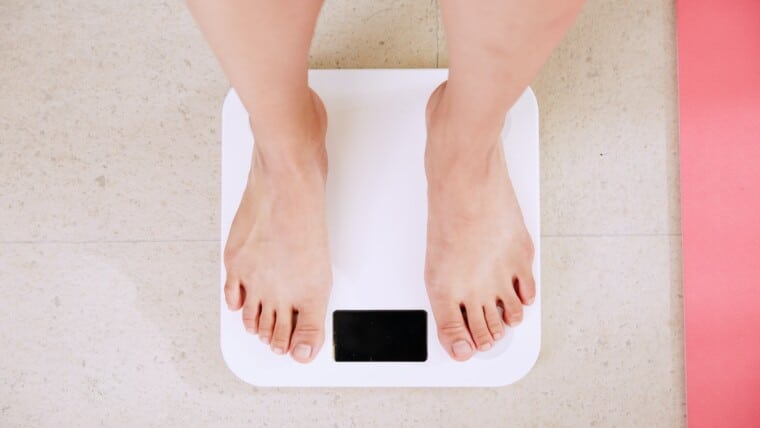
7 Replies to What is Rucking?
Comments are closed.
Best Rucking Gear on Amazon.com
What are the Best Shoes for Rucking?
Rucking for Beginners: A Complete Guide to Getting Started
Best Rucking Backpacks List
What is Rucking?
Is Rucking Better Than Running?
Best Rucking Backpacks List
How Many Calories Do I Burn Rucking?